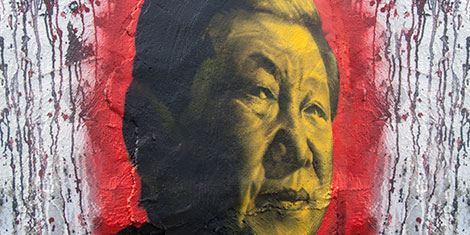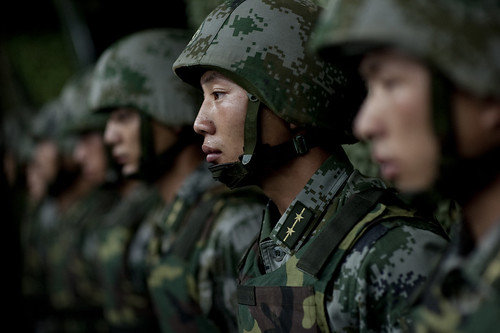
This article was originally published by War on the Rocks on 15 March 2017.
“To pursue peace through strength, it shall be the policy of the United States to rebuild the U.S. Armed Forces.” President Donald J. Trump, January 27, 2017.
“[Gen. Martin Dempsey] told American troops based in Japan on Thursday that ‘the best way to avoid war is to prepare for it.’” Associated Press, April 25, 2013.
The idea of “peace through strength” can be traced back to at least Roman times and almost certainly goes back even further, but in U.S. history, it is associated with Ronald Reagan. In his essay, “The Ancient Foreign Policy,” historian Victor Davis Hanson salutes its origins and links this “common wisdom” to the concept of deterrence.


